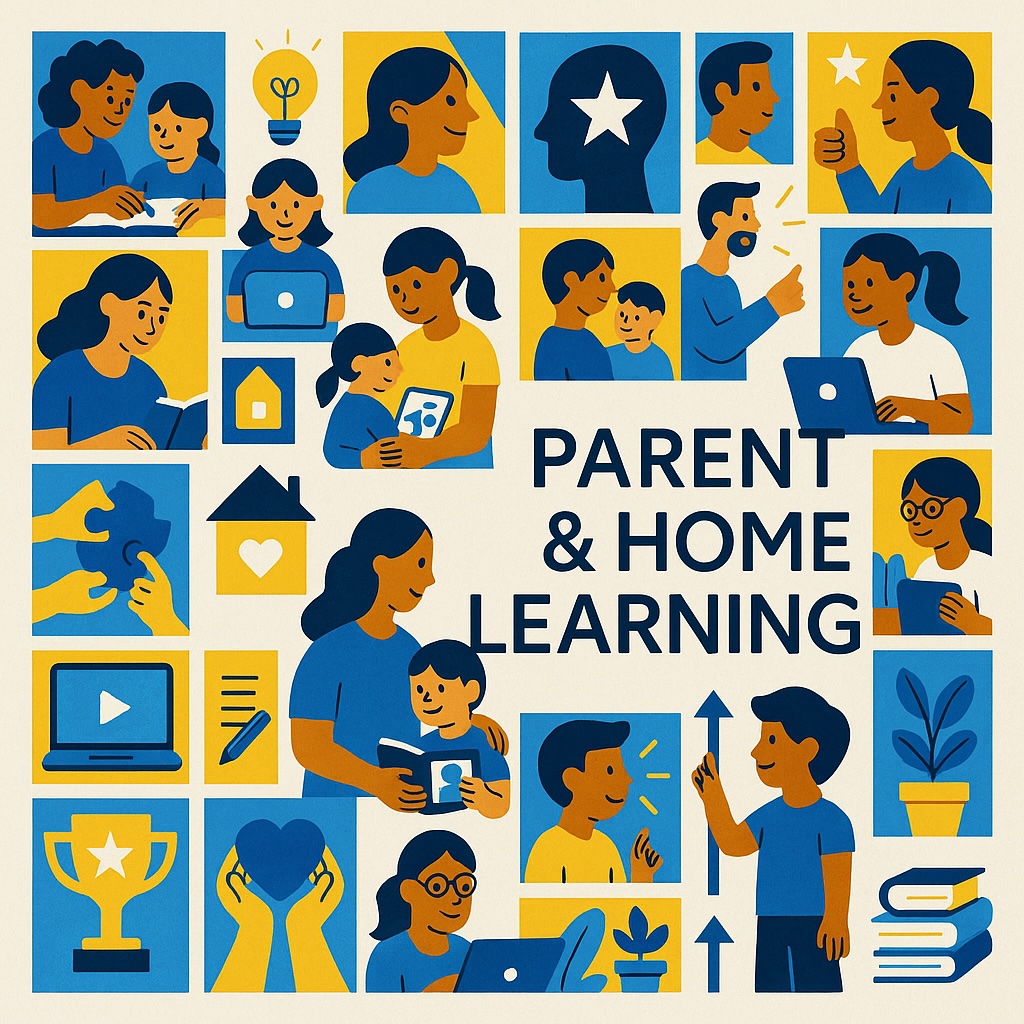
Every child has the potential to grow — but how they see themselves as learners makes all the difference.
A growth mindset is the belief that abilities can develop through effort, strategies, and feedback. It’s the opposite of a fixed mindset, which assumes you’re simply good or bad at something.
The concept originates from psychologist Carol Dweck’s research, but in an Apt Learners home, growth mindset isn’t a theory — it’s a lived practice. It helps children (and adults) see challenge as opportunity, not threat; effort as progress, not failure.
At Apt Learners, this approach is woven through everything we do — expressed through our Aspire, Practise, Thrive (APT) framework. Each stage offers a simple, meaningful way for families to nurture growth mindset thinking in everyday life.
🌟 Aspire: The Power of Belief
Aspire is where mindset begins. It’s about showing children that potential is something we grow, not something we’re given.
Here, children learn to dream big and believe in the power of “not yet.” The goal isn’t to be instantly good at something — it’s to stay curious, brave, and open to learning.
Parents can nurture this by:
• Praising effort and curiosity rather than outcome (“I love how you tried different ways to solve that!”)
• Using the word “yet” to reframe frustration (“You can’t do it yet, but you will.”)
• Modelling your own learning moments (“I’m learning how to cook a new recipe too!”)
Aspire builds the confidence to begin — helping children feel it’s safe to try, safe to fail, and safe to start again.
🔄 Practise: The Value of Trying and Trying Again
Practise is where growth becomes visible. It’s where children begin to see that progress happens through small, steady steps — not sudden leaps.
Here, learners discover that effort, reflection, and repetition build strength and confidence. They start to realise their brain is like a muscle — it grows when it’s challenged.
Parents can encourage this by:
• Helping children set small, specific goals (“Let’s see if you can write one more sentence today than yesterday.”)
• Talking openly about mistakes (“What did we find out from trying it that way?”)
• Celebrating persistence — not perfection.
When families practise together, learning becomes a shared journey, not a solo challenge. The message is simple: mistakes are proof of effort, and effort builds success.
🌱 Thrive: Confidence Through Challenge
Thrive is where belief and practice meet. It’s where children begin to see themselves as capable, resilient learners — people who can face new challenges with confidence.
In this stage, learners develop emotional stamina. They begin to welcome feedback, adjust strategies, and share their learning with pride.
Parents can support this by:
• Encouraging reflection (“What helped you most when it got tricky?”)
• Connecting learning to real life (“That teamwork you used in the garden is the same skill you’ll use in science.”)
• Giving children opportunities to teach others — a powerful way to consolidate knowledge and build leadership.
Thrive is where self-belief blossoms. It’s when children begin to say, “I can do hard things.”
Here are six simple, low-cost ways to weave growth mindset thinking into daily family life:
When we talk about growth mindset, we’re not asking children to be endlessly positive.
We’re teaching them — and ourselves — to stay hopeful, curious, and resilient in a changing world.
At home, that might look like a fridge covered in works-in-progress, a question that sparks discovery, or a parent quietly saying, “Let’s try again tomorrow.”
That’s growth — and it’s happening already. 🌿